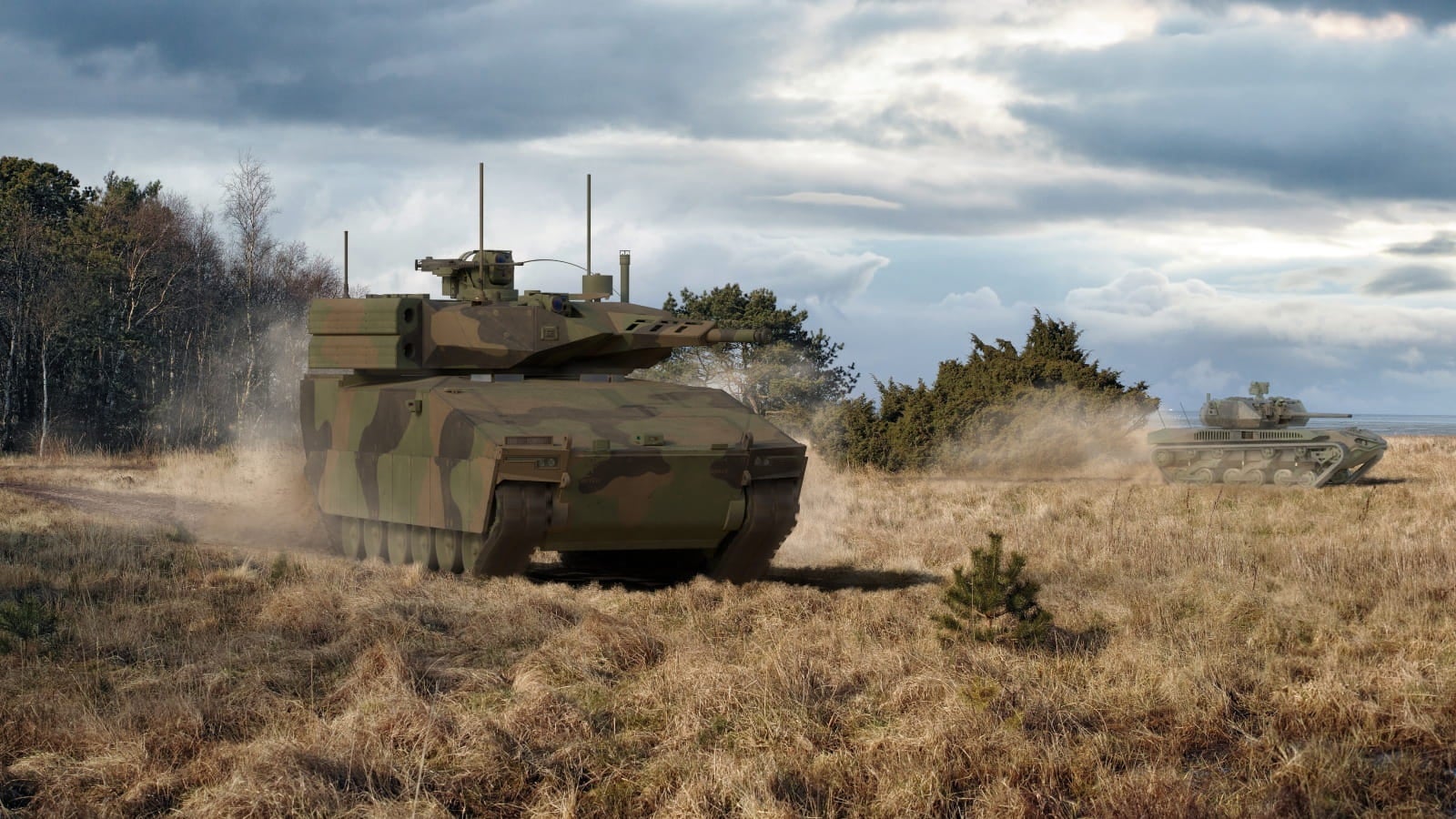
In a development for the US Army’s modernisation efforts, L3Harris Technologies and its Team Lynx partners, led by American Rheinmetall Vehicles (ARV), have been awarded a contract to design and prototype the XM30 Mechanised Infantry Combat Vehicle, the centrepiece of the Optionally Manned Fighting Vehicle program.
The Lynx team, comprising defence industry players such as Textron Systems, Raytheon, Allison Transmission, and Anduril Industries, will work together to deliver technology to enhance mobility, lethality, and safety for future warfighters. The contracts awarded to the two groups are valued at over $700m, with the final agreement anticipated to be sealed in 2027.
Ed Zoiss, President of Space and Airborne Systems at L3Harris, expressed enthusiasm about the partnership, stating: “We welcome the opportunity to continue working with our partners to produce the most advanced and secure vehicles for our warfighters. We are developing innovative technologies that will pave the way for future battlefield dominance.”
The OMFV programme and its impact on US military land platform acquisition
Tristan Sauer, aerospace, defence, and security analyst at GlobalData, said: “Following a troubled development history, the decision to award design contracts to the teams led by American Rheinmetall and General Dynamics is a momentous step in the right direction for US military land platform acquisition.
“Though previous initiatives failed to produce viable results and were cancelled in the face of ballooning costs, the OMFV program was intended to provide the framework for a more streamlined, competitive and cost-effective tendering acquisitions process which would see participating companies leverage novel industrial practices such as iterative digital design.
“It was hoped that this more involved and cautious approach would reduce development risks inherent to previous vehicle acquisition efforts by the Army, particularly in light of other upcoming projects under NGCV, such as the Robotic Combat Platform and Decisive Lethality Platform.
“The fact that the OMFV program is successfully transitioning to the prototyping phase is a testament to the success of these novel procurement procedures and their potential impact on broader US defence procurement initiatives moving forward.”
Central to the XM30’s ability is the provision of its protection, firepower, and mobility. The vehicle has L3Harris’s third-generation sights, enhancing threat identification capabilities to safeguard troops in combat.
The XM30’s role in the next-generation combat vehicle initiative
L3Harris also plays a role by providing digitally engineered mission systems adhering to a modular and open-systems approach. This approach will lower lifecycle costs while ensuring improved battlefield awareness, quicker identification, and targeting capabilities.
Deploying secure, high-capacity communication systems and data links will further augment command and control, facilitating collaborative targeting.
The XM30 represents a leap forward in the Army’s ground combat vehicle development. It is the first-ever ground combat vehicle designed using modern, digital engineering tools and techniques, highlighting the Army’s commitment and eagerness to embrace modern technologies.
The XM30 is part of the Next Generation Combat Vehicle initiative, a top priority among the Army’s development and modernisation programs. The forthcoming M2 Bradley Fighting Vehicle replacement signifies the Army’s determination to equip its troops with the most advanced and capable combat vehicles available.
The US Army is taking concrete steps towards shaping the future of mechanised infantry combat. The partnership’s pursuit of mission-driven technologies aims to deliver a transformative vehicle to empower warfighters on the battlefield.
As the programme progresses, the defence community awaits the unveiling of the XM30 Mechanised Infantry Combat Vehicle and its potential impact on the future of ground warfare.







